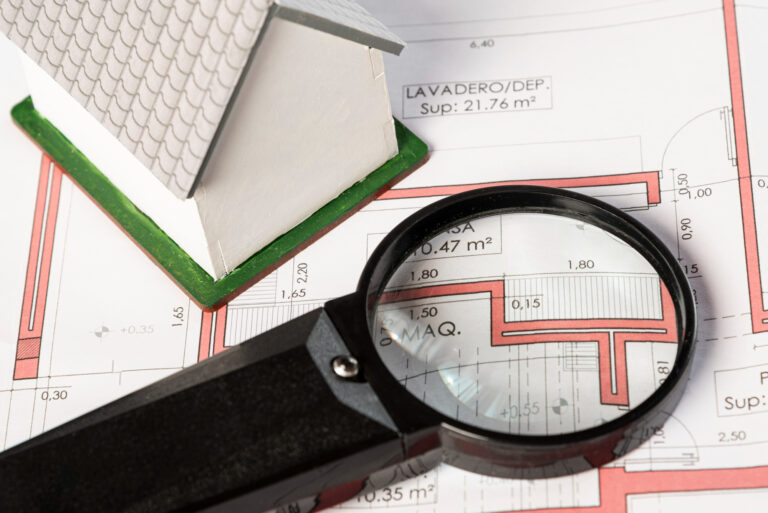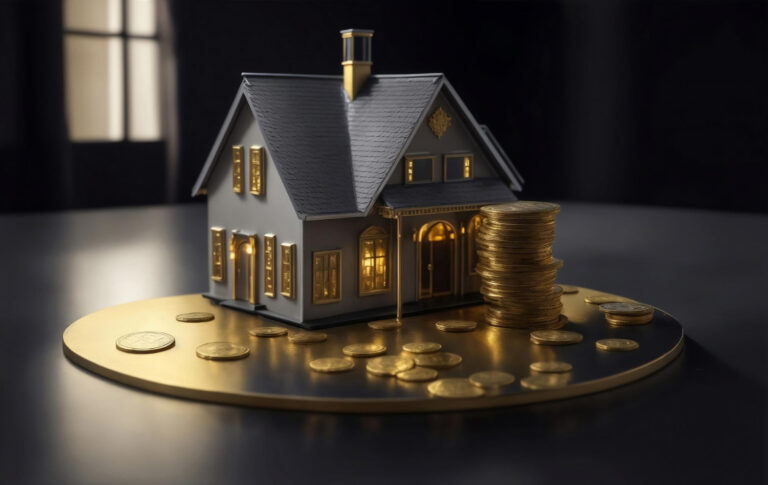When it comes to property investment, accurately assessing property value is crucial. Whether you’re planning to buy, sell, or manage a property, understanding the factors that influence value can make a significant difference in your financial outcome.
Making well-informed judgments that could optimize your profits or prevent expensive errors is facilitated by a comprehensive assessment.
We’ll go over the essential measurements and factors in this blog post so you can properly assess a property’s value.
Why Property Valuation Matters
For several reasons, accurate property valuation is crucial. First, it ensures you don’t buy a property for more than you should or undervalue it.
A clear sense of a property’s value might mean the difference between a financially disastrous investment and a lucrative one in the competitive real estate market of today.
Accurate valuations are essential for both buyers and sellers. While buyers use them to determine fair market value, investors use them to spot profitable opportunities.
Furthermore, as lenders generally base loan amounts on the appraised worth of the property, having a well-assessed property value might aid in obtaining financing.
Issues like not being able to sell the property for the targeted price or getting less finance than anticipated can arise from an erroneous appraisal.
Everybody interested in real estate must have a basic understanding of how to evaluate property value.
Key Metrics to Assess Property Value
1. Location
Location is one of the most significant factors in determining property value. A property situated in a prime area—close to business centers, schools, public transportation, and amenities—will generally command a higher price than one in a less desirable location.
For example, properties near top-rated schools can be valued up to 20% higher than similar properties in other areas.
Demand for properties in convenient locations with appreciation potential drives this premium, as both families and investors seek out properties in these kinds of places.
Additionally, the neighborhood’s overall appeal, including safety, cleanliness, and community development, also plays a role in determining value.
Location is a key factor in property assessment since properties in established or developing locations with strong growth prospects are likely to appreciate in value over time.
2. Market Comparisons (Comparable Sales)
Market comparisons, also known as Comparative Market Analysis (CMA), are a powerful tool in property valuation.
Using this approach, comparable properties that have recently been sold in the same neighborhood are compared to the property in question.
You can determine the approximate value of your property by examining the sales prices of these similar properties.
For instance, if three similar homes in the neighborhood have sold for an average of £300,000, it’s likely that your property will be valued in the same range.
On the other hand, variations in characteristics, condition, and size might call for modifications. CMAs are a crucial component of the valuation process because they offer a realistic picture of what purchasers are now ready to pay.
3. Property Size and Usable Space
One more important aspect of property size that affects worth is the quantity of usable space.
Though the way a property is used can have a big impact on its value, larger properties usually have greater prices.
A property with a well-planned layout that optimizes usable space, for instance, is frequently worth more than a larger one with an underutilized room.
Properties with useful space, including additional bedrooms, bathrooms, or outside spaces, are sought after by investors and buyers.
Properties with effective design that maximize the little space available might fetch a higher price per square foot in metropolitan locations when space is at a premium.
4. Condition and Age of the Property
A property’s age and present state are also important factors in estimating its worth. The value of a modern, well-maintained property will usually be higher than that of an older one that needs extensive renovations or repairs.
Properties with modern amenities, updated kitchens, and bathrooms often see higher resale values.
For example, a property with a recently renovated kitchen and new roofing may be valued significantly higher than a similar property that requires these updates.
Due to the fact that move-in ready homes save them money and time on improvements, buyers are sometimes eager to pay a premium for them.
5. Economic Indicators
Economic factors such as interest rates, inflation, and employment rates can influence property values.
For example, low interest rates reduce borrowing costs, which raises buyer demand and increases property values.
High inflation rates can reduce demand and even drop property values by weakening purchasing power.
Work rates also matter; in regions where employment is growing quickly, there is usually a corresponding rise in demand for homes, which raises property values.
These economic indicators can have a big influence on the market; therefore, investors should pay special attention to them when determining the worth of their properties.
6. Rental Income Potential
When determining the worth of a property, one important factor for investors is the potential rental revenue.
This can be computed using the rental yield metric, which is derived by taking the predicted annual rental income and comparing it to the purchase price of the property. An improved return on investment is shown by a higher yield.
For example, a property that costs £200,000 and generates £16,000 in annual rental income has an 8% rental yield, which is considered a strong return in many markets.
Investors often look for properties with high rental yields as they offer steady income and the potential for long-term appreciation.
7. Future Development Potential
The worth of a property may also be impacted by the possibility of future growth or improvement. Properties with room for improvements, additions, or extensions are frequently worth more.
This is especially true in cities where a property’s value can be greatly increased by adding more living space or by the possibility of future growth.
Investors should consider the property’s present condition and its potential in the future. Some properties may have significant worth beyond their current usage, such as a plot of land that can be developed or a property with zoning approval for additional units.
Considerations to Keep in Mind
- Professional Appraisals: Obtaining a professional appraisal can yield a more accurate estimate based on in-depth examination, even though you can conduct a lot of research on your own.
Expert appraisers consider everything listed above and more, providing a knowledgeable assessment essential for making well-informed choices.
- Zoning and Legal Issues: Be aware of any zoning laws or legal restrictions that might affect the property’s value.
For example, a property zoned for commercial use might be valued higher than one zoned only for residential use.
Additionally, legal issues such as property disputes or unclear titles can complicate the valuation process and should be resolved before proceeding.
- Environmental Factors: A property’s value can go down if it is next to noisy highways or industrial regions, but it can go up if it is close to parks, waterfronts, and other desirable areas.
Property values may also be adversely affected by environmental hazards, such as flood zones or locations vulnerable to natural disasters.
A thorough understanding of the numerous measurements and elements that affect a property’s worth is necessary for assessing property value, which goes beyond simply examining price tags.
You may make wiser, more profitable judgments by concentrating on important factors like location, size, condition, and potential rental income. Always keep in mind that the first step to a profitable investment is a precise property appraisal.
Ready to make informed decisions about your property investment? Contact us today to get expert advice and ensure you’re on the right track to maximizing your returns




